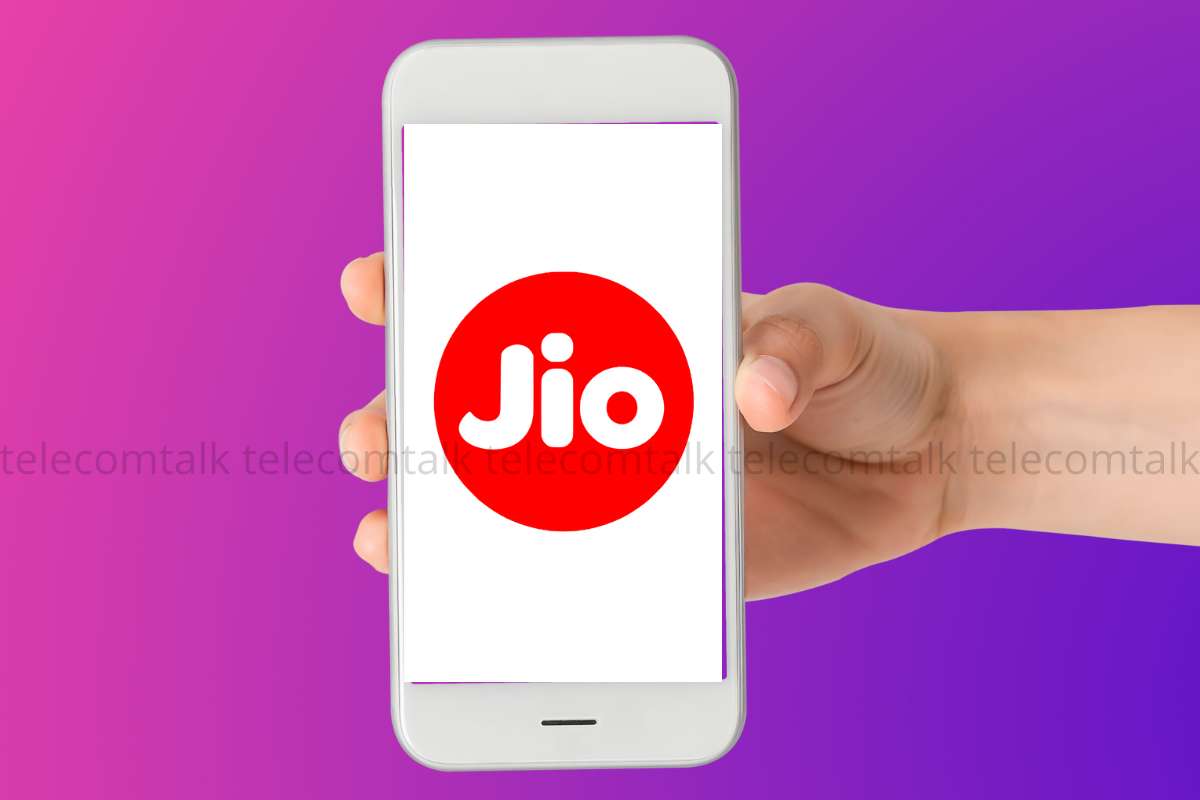Reliance Jio recently announced its quarterly results for Q2 FY23. The telco said that its ARPU (average revenue per user) figure has risen to Rs 177, a 0.9% QoQ growth. As per ICICI Securities, the marginal growth of Jio’s ARPU in Q2 FY23 is because of one extra day in the quarter. The telco’s profits were affected negatively by cost inflation. The network costs for Jio rose by 5% QoQ and 14.5% YoY to Rs 72 billion. ICICI Securities said that this is after the rise in repayment of lease liability of Rs 24 billion in H1 FY23 compared to Rs 4 billion in H1 FY22. If the repayment of lease liability is also added to the network cost, then the overall network cost for Jio is up 30% YoY in Q2 FY23. Depreciation and amortisation costs rose by a sharp 6.9% QoQ (41.9% YoY) to Rs 45 billion, partly on rising in lease liabilities. At the same time, the finance cost dipped by 6.3% YoY to Rs 10 billion on the refinancing of deferred spectrum liability with low-cost NCDs. Jio’s net profit grew 28% YoY (4.2% QoQ) to Rs 45 billion. A rise in the YoY figure for the net profits reflects the additional revenues that the tariff hike has brought in from the mobile services. Jio also did well in the FTTH segment compared to Bharti. The net debt for Jio jumped to Rs 1536 billion on the purchase of Rs 880 billion worth of 5G spectrum, said ICICI Securities. The telco has opted for 20 years of annual repayments for the spectrum to the govt.
